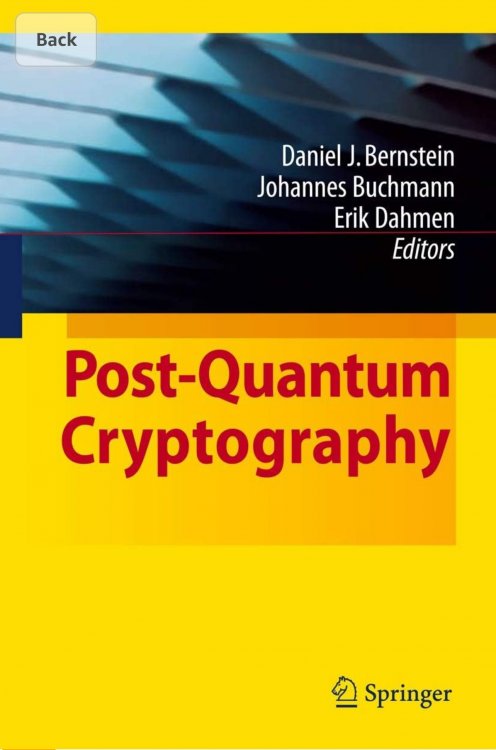-
Posts
568 -
Joined
-
Last visited
-
Days Won
1
Everything posted by Trurl
-
Read more
I was listening to T.W.I.T. and something the discussion made me notice some thoughts I have had before. A team of South Korean scientist claim to have found a super conductor at room temperature. The only problem is that no one believes them.
That got me wondering. I thought that if I found a pattern in division of semiPrimes, my first thought was to share it on the internet. But of course such a bold claim will never been believed.
I saw this phenomenon when I researched and read about the Riemann Hypothesis. Someone claims a solution. That is right, them and thousands of others. And it is not that they don’t have good, creative ideas. Instead nobody can put together what the heck they are saying to prove them right or wrong.
I know what you are thinking: The scientific method and peer review will prove them right or wrong. That is what I thought too. But no human can possible vet thousands of papers. Maybe A.I. can help. But as with the South Korean scientists it became a joke and everyone is skeptical.
And if you need more examples look at the Presidential Campaign. People don’t pick a side based on logic, and there are conflicting views. The psychologist on T.W.I.T. said you can’t tell someone who believes a lie the truth. It only further solidifies their false views.
Do you think it is any different with science? Science beliefs change all the time too. You could say something new was discovered to change those views. But it doesn’t change the fact that those scientific beliefs which were once the standard were in fact wrong.
-
Read more
Say you kick someone, and you want to know how hard you are going to hit them. You figure if you increase the mass behind your kick so it will hurt more. But you could also increase the velocity of the kick so that force equals mass times acceleration.
But this relationship would not be linear. So, you make a graph depicting the force as opposed to velocity. The graph would be curved to say the least and it would not be one to one or in that case uniform.
The graph would also be difficult to analyze. You could graph one mass against a variable velocity. (Or a fixed velocity over mass) But if there was a pattern for this equation it would be difficult to see. You have the equation but no way to determine what way is better to kick (by increasing velocity or mass or both). Sure, you can figure it out for a case-by-case basis. But what if you didn’t have a computer and were in a fight and had to rely on intuition?
This is what I got out of the book I read on the Riemann’s hypothesis. Sure, there may be some higher math I don’t understand that may solve the problem. But isn’t this graphing problem the reason we can’t find a pattern in Prime numbers?
I hypothesize, that in order to find a pattern in Primes we must find a simple pattern where they relate other than one equation. Of course, this is easier said than done, and I am not clamming I can do it.
But think of this. If you could prove 2 numbers to equal a semi-Prime. That would prove that both numbers are Prime and would be a Primality test. We could argue the fact of the difficulty of knowing from the beginning a number is a semi-Prime, but for now assume we are looking for patterns in all known semi-Primes.
Would a graph of the “discovered” Prime numbers result in a graphing challenge of the velocity vs mass? Based on values we know that are Prime and semi-Prime, would we not have a random data set to graph and find a pattern if one existed?
It sounds more complicated than it is, but it is a simple hack to find patterns that are not easily graphed.



